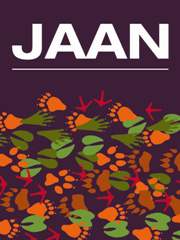Article contents
Validation of an Analytical Method for the Determination of the Activity of Protease in Animal Feed Additives and in Animal Feedingstuffs
Published online by Cambridge University Press: 23 January 2015
Summary
The nutrient availability in animal feeds can be improved by including exogenous enzymes to the feed, either by helping breakdown anti-nutritional factors or by increasing digestibility of complex ingredients thereby releasing more nutrients for utilisation. This process can improve the efficiency of meat and egg production, increase animal health, decrease feeding costs and reduce nutrients in animal waste. Proteases are protein-digesting enzymes that are used in animal nutrition to break down storage proteins in various plant materials and proteinaceous anti-nutrients in vegetable proteins. The analysis of exogenous proteases in feed additives and after they have been added to feed has proven technically challenging. Accordingly, the purpose of this work was to validate a method for the determination of the activity of protease in animal feed additives and supplemented animal feed. The approach used for the assay was to adapt an assay based on the hydrolysis of haemoglobin. The method validations examined a range of parameters including; linearity & range; uncertainty, sensitivity, accuracy and studies designed to highlight any possible matrix effects on various types of supplemented feed. The assay method described herein is convenient and inexpensive and could be applied to the analysis of proteases in animal feeds during quality control and in investigating fraudulent adulteration of feed to ensure the authenticity and traceability of the product.
- Type
- Original Research
- Information
- Copyright
- Copyright © Cambridge University Press and Journal of Applied Animal Nutrition Ltd. 2015
References
- 3
- Cited by


